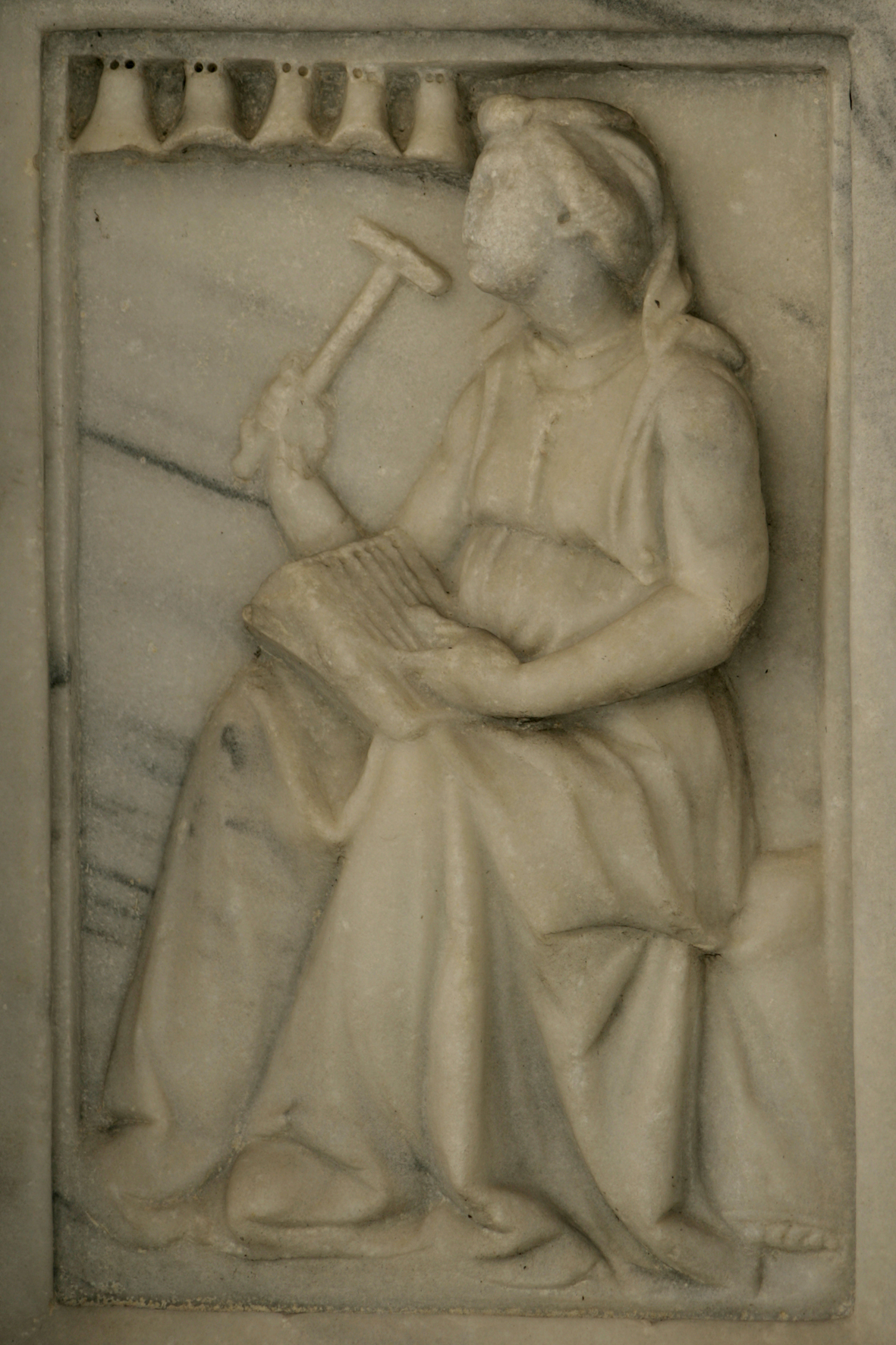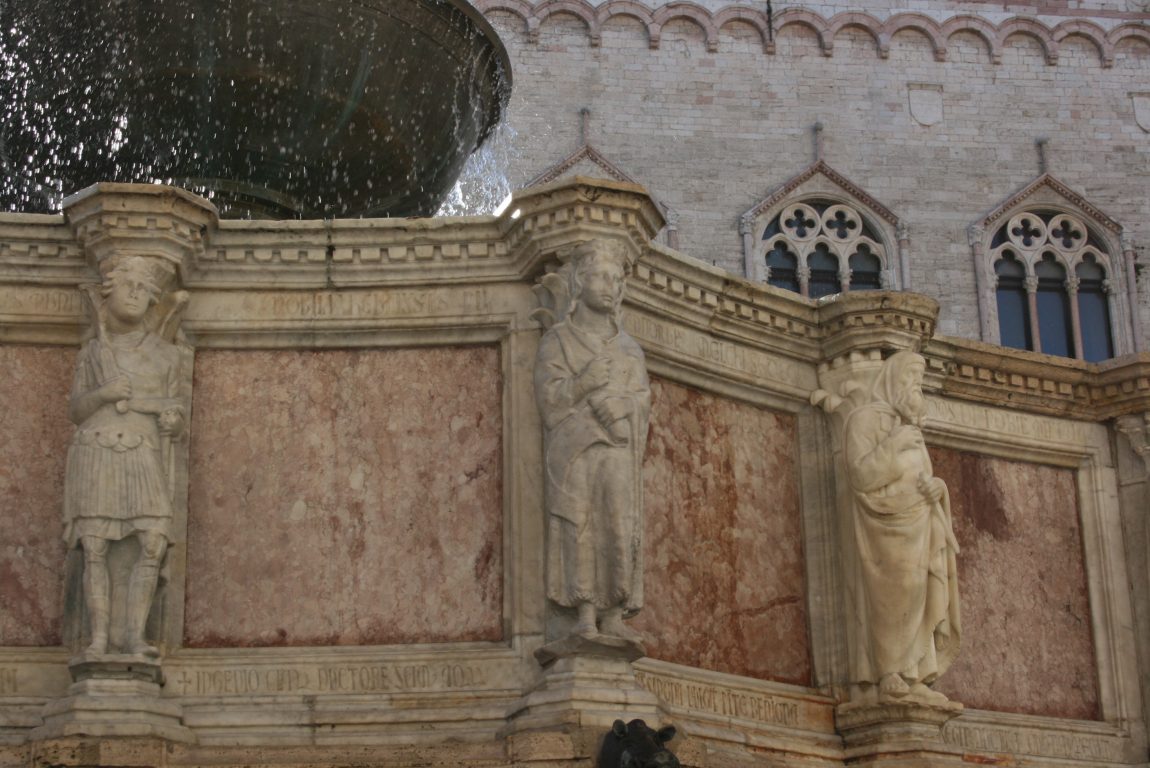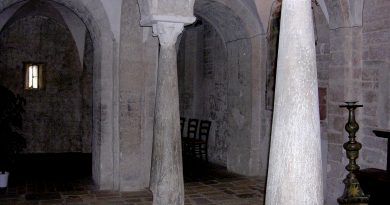The symbolic language of the Main Fountain
The Fontana Maggiore, also known as Main Fountain, is like a book of stone that unfolds while walking around it.
It’s like a great clock that transcends both cosmic and earthly timetables.
Completed in 1278, the monument became the fulcrum of the Guelph Commune of Perugia, and therefore the symbol of the Platea Magna (latin term for Main Square).
In 1280 the spring water could arrive in the public square, carried along the new aqueduct that was planned by the local authorities and made by the famous idraulic engineer Boninsegna da Venezia.
Used over the centuries to get water solely by etruscan wells and cisterns, the Perugians had finally spring water coming from the northern mountain of Perugia (Monte Pacciano).
The two large polygonal stone basins, placed one above the other, and the bronze cup positioned at the top of the monument, were carved and decorated by Nicola and Giovanni Pisano, two of the most important representatives of the gothic art in Italy.

“Look, you who passes by, at this fountain that merrily murmurs. If you look well you will see wonderful things” . This is the first verse of the Latin inscription that runs along the cornice of the highest bronze basin.

The statues and the relieves of the Main Fountain reflect the power of the mighty Guelph Commune of Perugia in the Middle Ages.
By observing the historical, biblical and mythological characters represented in the panels of the lower basin , it is possible to decode an educated and symbolic language that taps into both the classical culture of ancient Greece and Rome, as well as that of the western Judeo-Christian heritage.
Architect of the medieval monument was Fra Bevignate, a Benedictine educated monk belonging to the Silvestrinian order.
He is honored in the dedicatory inscription that runs along the fountain, together with the two carvers, Giovanni and Nicola Pisano, and with Boninsegna Veneziano, who was responsible for the hydraulic works. In 1280 the new fountain and the new aqueduct made possible to carry water from the spring of Mount Pacciano to the main public square of Perugia.




